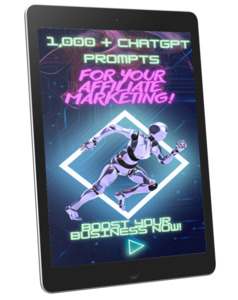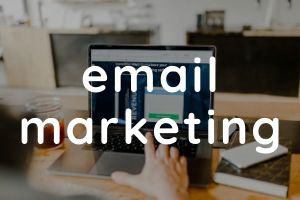Traditional, outbound marketing in which brands advertise themselves using a salesy and disruptive approach has become somewhat obsolete.
At the same time, inbound marketing, which relies on significantly subtler methods of attracting customers by building a strong online presence has been picking up steam.
The main difference between these two approaches lies in the fact that outbound boils down to reaching out to your customers by means of cold calling, email, billboards, advertising, flyers, etc.; on the other hand, inbound creates reasons for customers to gravitate and reach out to you when they need a solution to their problem.
Here’s how to leverage inbound marketing to attract and retain your clients.

1. Research and Get to Know Your Target Audience
The first and most crucial step is to identify who your potential customers are and learn as much as possible about them, their pain points, challenges, and issues.
This way you’ll be able to understand what they want and how you can help them.
Start by analyzing the demographics of your target audience – their gender, age, level of education, purchasing power, location, and occupation, to name just a couple of variables.
Your existing customer base is a valuable source of information. Conduct surveys in order to find out why they purchase from you, as well as what expectations they have.
Also, check out your competitors and find out who their customers are so that you can target them too.
2. Produce Superb Content
Stats say that marketers who prioritize content marketing are 13 times more likely to experience a positive return on investment.
Generally speaking, your inbound marketing should revolve around your content. Use it as a vehicle to present solutions to the pain points of your target audience.
But you can’t expect success if you publish generic, subpar content.
Elaborate, data-driven blog posts, e-books, and step-by-step guides perform great.
The trick is to tailor and adjust your content to your target audience and do your best to educate them on how to solve their issues.
Blog posts are an important part of every content marketing strategy, but they’re not enough. Add some visually-oriented content such as infographics and videos, as well as some free tools such as calculators to make your content more engaging and useful.
3. Leverage Search Engine Optimization

Now that you’ve created some amazing content, it’s time to help your target audience find it. Otherwise, you’d have to wait for a random visitor to stumble upon your website.
By optimizing your content for search engines, you’ll have a certain degree of control when it comes to attracting traffic. Namely, if you use the right keywords throughout your blog posts and boost your online reputation by having some reputable sources linking back to your website, your Google rankings will go up.
This means that your content will show up among the top search results, and it’s very likely that your audience will click on it and explore.
If we bear in mind that the first page of search results garner approximately 75% of all the traffic, it’s clear how important this tactic is.
But, search engine optimization (SEO) is much more than adding a couple of keywords and earning backlinks, so make sure to hire experts to optimize your entire website.

1000+ ChatGPT Prompts for Affiliate Marketing
4. Build a Strong Online Presence
Building a strong online presence and establishing yourself as an expert in your industry is crucial for the success of your inbound marketing.
Namely, by having a stellar online reputation, you come off as trustworthy and customers prefer to do business with companies whose CEOs and employees are authorities in their field of expertise.
To do so, make sure to apply as a speaker at different industry conferences, write e-books, start hosting a podcast, and generally speaking try to be helpful and educate people.
It’s also a good idea to organize company events and meetups, invite your business partners and industry leaders, and organize media coverage.
Social media platforms such as Facebook, Twitter, LinkedIn, Instagram, or Quora are also indispensable if you want to catch the eye of your potential clients.
5. Nurture Your Leads

When your potential clients land on your website, it’s time to capture their contact information so that you can send them newsletters and emails.
Email marketing is one of the most cost-effective inbound marketing methods. It boasts a huge ROI – for every $1 you spend, you’ll earn $38.
By automating and tailoring your email outreach, you can nurture your prospects, turn them into clients, and continuously add them value.
In order for your campaigns to be successful, you need to:
- Split your database into different segments and create relatable content and offers for each one of them
- Send useful content to your recipients, that is, resources and offers from which they can learn something and benefit in any other way
- Be persistent with your email marketing, as it’s a long-term tactic that starts showing results after a couple of months.
These 5 steps can help you kick-start your inbound marketing strategy, as well as attract and retain your clients.

Michael has been working in marketing for almost a decade and has worked with a huge range of clients, which has made him knowledgeable on many different subjects. He has recently rediscovered a passion for writing and hopes to make it a daily habit.
Author // Michael Deane

Thank you sincerely for such an insightful article. 5 Steps to Start Powerful Inbound Marketing and Retain Your Clients is exactly the kind of article I have been looking for in years. Any people will appreciate the information like this one. I agree with most of the points. I now have bookmarked your page. Thank you so much.
Really? Years? Tell us a little bit more, so that we can send a positive feedback to Mike (the author). Thanks Chantal!
Nice tips… In addition, consistency in building your brand by delivering quality contents is key to retaining your clients.
You’re right, Ohioren, thanks for your comment!